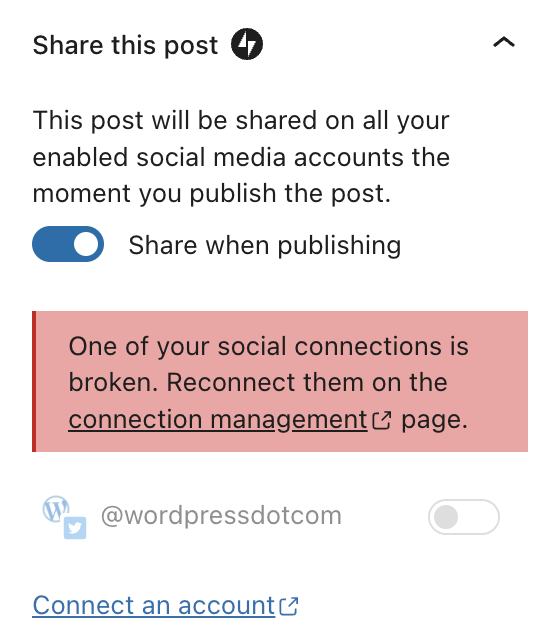Microsoft Learn has many options for remote learning—and now we’re expanding our catalogue with even more. We’re excited to announce our newest offering to help connect you with our Azure learning community: Microsoft Learn rooms. Learning rooms are a core part of the Microsoft Learn community, and they’re designed to connect you with other learners and technical experts.
Whether you’re a tenured techie, looking to jumpstart your career, or begin a pathway, learning rooms open the door to a world of opportunities. The Learn community can help you grow your network, meet others in the field, explore topic-specific technologies in the real-world, and sharpen your Microsoft Azure Cloud skills. With learning rooms, you can join peers and experts on your pathway to skill up on Azure at your own pace in a safe and supportive environment—so you can strengthen your knowledge and propel your cloud computing career.
What are learning rooms?
Learning rooms are free and open to anyone seeking a connected, supportive, and engaging community experience to learn. Designed for cohort learning and guided by a Learn expert, with asynchronous conversations and office hours, a focus for many of the learning rooms will be towards Microsoft Azure. They bring together individuals with a common learning interest—such as the Azure cloud—and unite them with experts in the community who will look to support and guide learners in their journey and foster an engaging and supportive educational environment. They’re a part of the Microsoft Learn Azure community, a broader space where learners from all over the world can engage directly with technology experts and others who share common Azure interests.
Learning rooms are also connected to Microsoft Tech Community, which is a network of resources that supports the Azure, Windows Server, and SQL Server interest groups. Within the Tech Community are smaller tech communities for specific topics, like Azure infrastructure, and you can visit these smaller forums and browse all learning rooms that connect to it. Once you’ve found a room that you like, joining is easy—you simply request access using a registration form and accept a learner agreement. From there, you’ll be able to bring all your Azure questions, at any time of the day, to your cohort who will guide you through them—giving you the classroom experience right at home. Discover more about learning rooms here.
What will I learn?
Learning rooms focus across several technology areas. They include Microsoft Cloud and Azure subjects, such as Azure Infrastructure, Data and AI, and Digital and Application Innovation, and their small size ensures that you get exactly the support you need. Each room is led by Microsoft Learn experts, who are validated technical subject matter experts present throughout our community resources with experience in technical skilling, community support, and a deep knowledge in the room’s specific topic area. Not just anyone can be an expert—they’re proven community leaders that are selected by invitation only, such as Microsoft Most Valuable Professionals (MVPs), Microsoft Certified Trainers (MCTs), and Microsoft Technical and Trainers (MTTs).
Besides offering one-on-one support, Microsoft Learn experts are also knowledgeable resources who can direct you to other programs that fit your skillset, such as our Microsoft Azure Connected Learning Experience (CLX), 30 Days to Learn It, and Azure Skills Navigator Guides. They can also give you studying tips, advise you on best learning practices, and they can invite other Microsoft leaders to a room to discuss even the most difficult technical topic areas on your learning path. Finally, experts can help you prep for many Microsoft Certification Exams, ensuring you get the knowledge you need to exceed your professional goals, wherever you are in your learning journey.
What happens in a room?
Once you’ve joined a room, you’ll be immersed in a lively discussion. You can post questions on complex or more straightforward topics, like how to sign up for a Virtual Training Day. If you’re preparing for a Microsoft Certification Exam, you can even use the room for study prep by crowdsourcing study guides and practice tests, learning about which questions are most likely to appear on your upcoming exam, or figuring out if you qualify for an exam discount. Whatever your need may be, you’ll get answers from a peer, pro, or invited Azure authority, giving you a myriad of thoughtful and diverse perspectives.
When you’re not posting something of your own, you can explore past threads from your peers to discover questions you may have never thought to ask. The most recent and popular threads will appear at the top of the room to ensure you’re always in the loop. You can also vote on questions and answers, boosting the most helpful responses directly to the top of forum. If you’re feeling like a pro yourself, you can even answer questions on your own—experts and other Azure authorities, who you’ll recognize by their blue and green nametag icons, will be there to validate your answers and support you every step of the way.
How do I sign up?
If you’re interested in joining a room, check out our Microsoft Learn community. Here, you can explore rooms like Azure infrastructure, data & AI, and digital & application innovation, and you can tap into other Microsoft Learn community resources.
Don’t forget to also explore our infrastructure skilling resources, read about the myriad of other Azure skilling content we’ve launched recently, sign up for a Virtual Training Day, or simply explore our Microsoft Learn Azure community for even more helpful resources.
If you’re interested in other Azure programs, explore our resources below:
Microsoft Azure CLX
Microsoft Cloud Skills Challenge: 30 Days to Learn It
Azure Skills Navigator Guides
With Microsoft Learn, the knowledge is out there—it’s up to you to harness it.
Quelle: Azure




